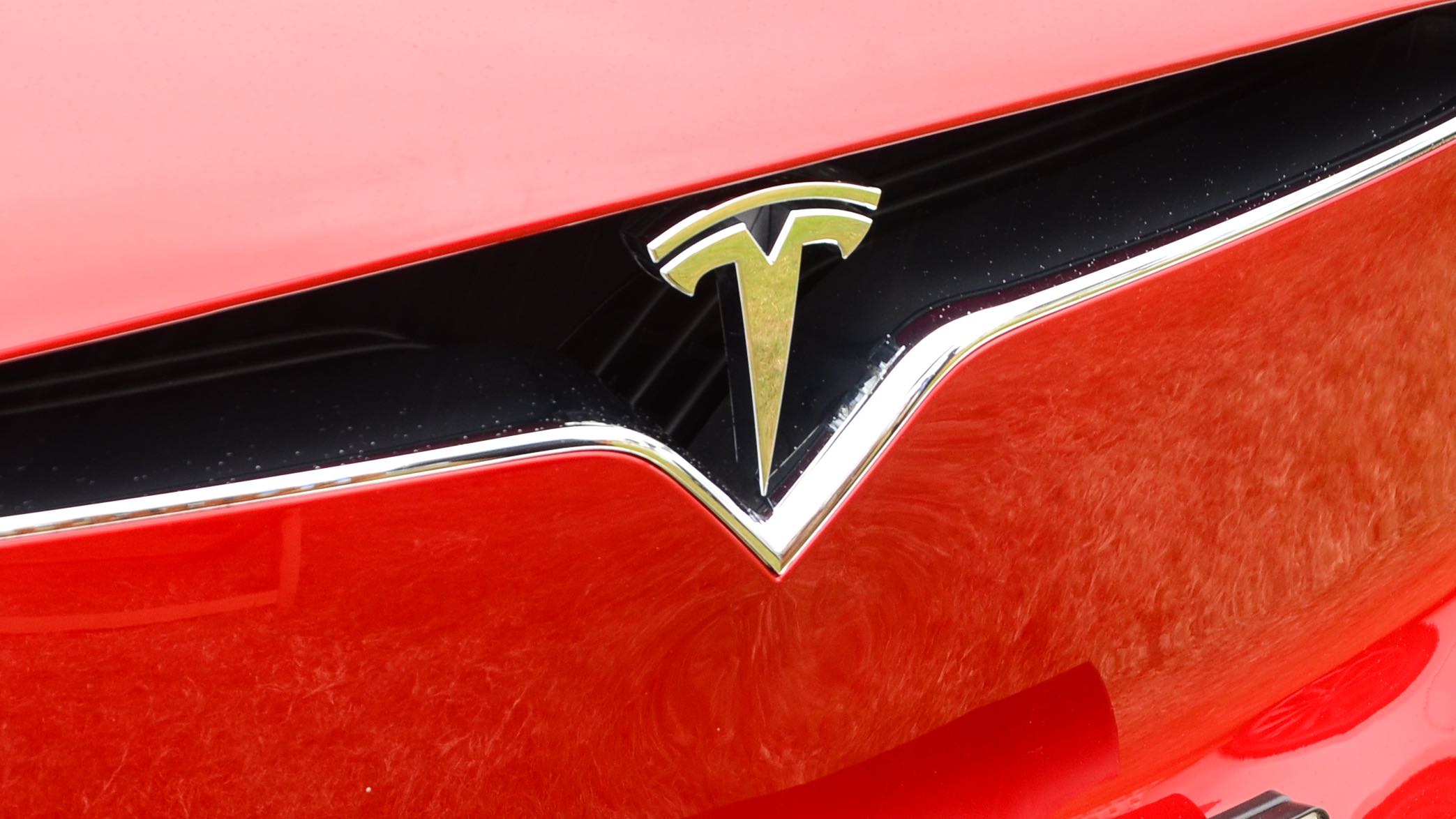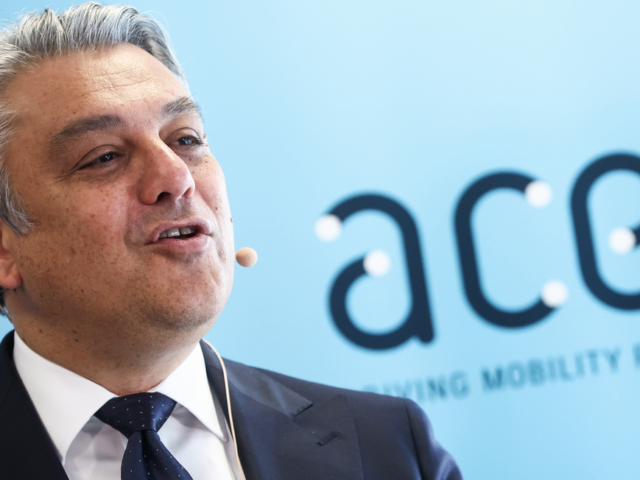In its latest Impact Report, Tesla has excluded its ambitious goal of delivering 20 million vehicles annually by 2030. This omission signals a strategic pivot away from traditional electric vehicles toward the development of robot axes.
As the outlook for EV adoption remains below expectations, the company is cutting production in its biggest factory in Shanghai by as much as 20%.
In 2020, the sky was the limit for the most popular EV maker on the market. At the time, Tesla CEO Elon Musk announced an ambitious aspiration to sell 20 million vehicles annually by the decade’s end.
This target would have more than doubled the sales of Toyota and Volkswagen, the world’s largest automakers. Tesla reiterated this goal in its 2021 and 2022 Impact Reports. But a wind of change is now reversing that goal and even suggesting a shift in priorities.
A new direction
The company recently scrapped plans for the all-new entry model that was expected to cost 25,000 euros, instead highlighting autonomous driving technology as its primary growth driver. Tesla plans to host a launch event for its robotaxi on August 8, signaling the new direction.
Musk already emphasized the importance of robotaxis and Tesla’s humanoid robot, Optimus, calling them “incredibly profound” for the company’s future.
To no surprise, the majority of Tesla’s 2030 goal depended on its longstanding promise of introducing an affordable car. Tesla still plans to launch less expensive new models, possibly as soon as late this year, but these will use existing product lines, resulting in smaller cost reductions and modest volume growth.
The report also left out comparisons of workforce diversity with other companies and no longer states that a majority of its employees are from underrepresented groups. Interestingly, the report highlighted that Tesla’s fast-charging network maintained an uptime of 99.97%, the highest in at least five years.
However, in a move to react to the downturn, Musk virtually fired the entire vehicle charging division last month, which has always been the company’s signature solution.
Shanghai pulls the brakes
Slowing EV demand and intense competition have impacted Tesla’s vehicle demand. Tesla missed its sales target for 2023 and reported a growth of 38%, below the long-term annual growth target of 50%. Tesla warned in January that deliveries would fall significantly lower this year, with the company posting its first year-on-year sales drop in nearly four years during the first quarter of 2024.
In response to these challenges and the ongoing price war in China, Tesla will cut production at its largest factory in China by at least 20% through June. The Shanghai plant is a cornerstone of its production network, with 20,000 employees and an annual production capacity of over 950,000 units.
Despite producing nearly 947,000 cars last year, the factory’s first-quarter sales declined by 9%. Tesla has restructured, laying off over 10% of its staff and disbanding the Supercharger team.




Comments
Ready to join the conversation?
You must be an active subscriber to leave a comment.
Subscribe Today